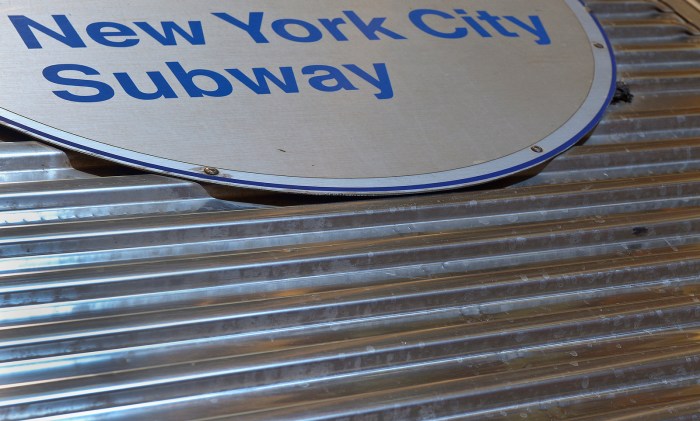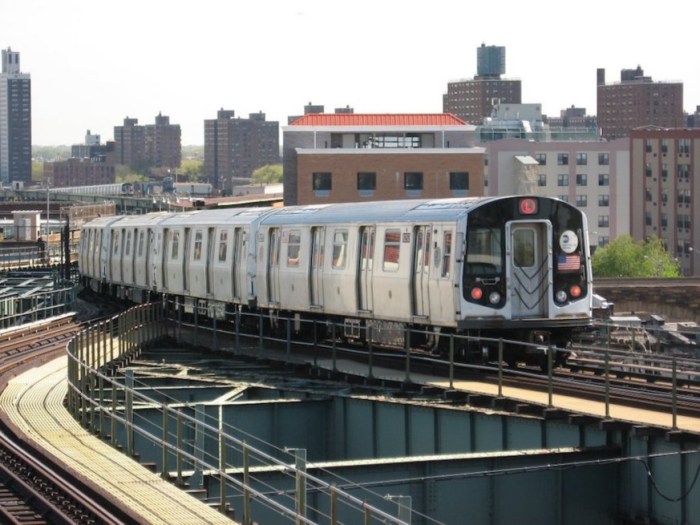Twenty-five years ago women were scared to ride on New York’s dirty, dimly-lit subway but a Thomson Reuters Foundation survey on Wednesday showed the city’s public transport now ranks as the safest for women among some of the world’s largest cities. With clean, well-lit subways and buses humming with record numbers of users, New York City was rated as having the safest transport for women compared to 15 of the world’s largest capitals. But although the city with its prolific yellow taxis and 24-hour subway system was seen as safe to travel at night and authorities fast to crack down on offences, three out of every 10 women said they had been verbally abused on buses and trains. Women in New York, however, praised the city’s transport.
“I was born and raised in New York City. I’ve never had any problems riding the subway. I’ve witnessed many things on trains, like (people) dancing and singing, but I’ve never seen anyone getting hurt,” said Nicole, 26, a magazine worker who preferred not to give her last name. “New York is a safe place … security has definitely improved over the years. Just today I took the train and I saw cops at almost every station.”
It wasn’t always this way.
About 25 years ago, graffiti-covered subway cars became global symbols of New York’s descent into crime and decay and the city of about 8.4 million people, beleaguered by crime, was widely considered unsafe, particularly for women. That point was brutally underscored in April, 1989, when a young female investment banker was raped, savagely beaten and left to die while running in Central Park.
She survived and became known as the Central Park Jogger, an iconic figure for the fear that plagued a city where people no longer felt safe walking in the park even during the day. CLEANING UP NYC
Due to a range of measures, from more aggressive community policing, a clamp-down on littering and turnstile jumping, and greater deployment of police on the streets and in the transit system, the city began to see a marked reduction in crime in the 1990s that still continues. People began returning to the city and neighbourhoods gentrified, and a rise in the number of people using public transport again helped make buses and trains safer.
Now equipped with a growing network of CCTV security cameras on streets and on transit lines, along with interactive Help Point communications kiosks, New York City is often lauded as the safest large city in the United States. Figures released by the Metropolitan Transit Authority show that as of March thisyear, annual subway ridership was 1.7 billion, the highest in 60 years.
Nearly eight million people daily use the buses, subways and commuter rails that traverse the city’s 5,000-square-mile service area.
The survey of over 6,550 women and gender and city planning experts by pollster YouGov and the Thomson Reuters Foundation found New York was seen as having the safest transport for women, followed by Tokyo and Beijing. The worst three cities for women were Bogota, Mexico City and Lima, all Latin American capitals.
New York ranked well when women were asked about their overall perception of safety, about travelling at night, confidence in other passengers coming to their aid if needed and the rate of physical harassment on buses and trains. But the city didn’t fare as well, coming 11th, when women were asked if they had been verbally harassed while on buses and trains with 34 percent saying this had happened to them.
New York City transit system ranks safest for women: Poll

Getty Images

























